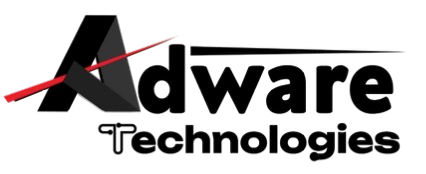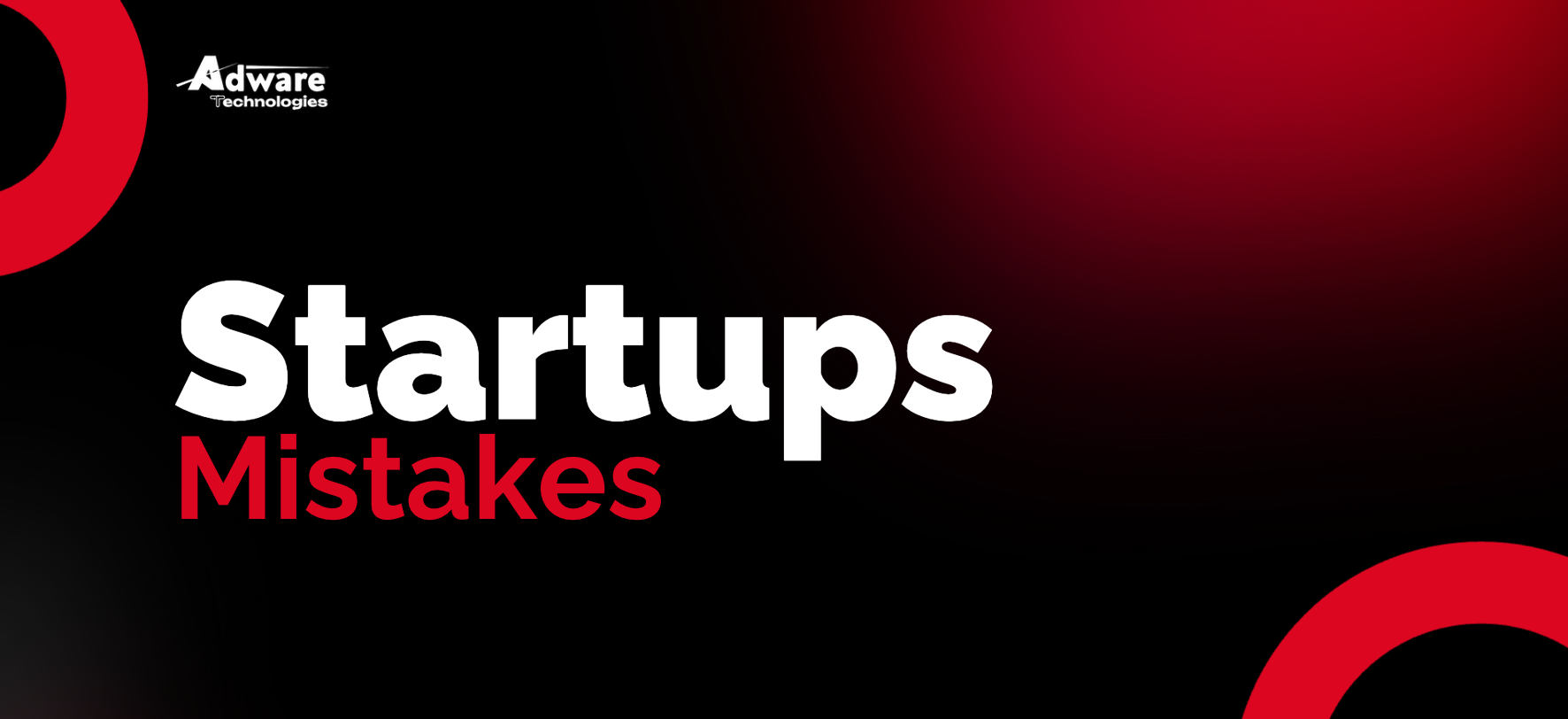Startups live or die by their ability to move fast, solve real problems, and deliver value without burning through cash. Your minimum viable product (MVP) is the first real test of your idea, but most founders get it wrong. They waste time, money, and momentum on mistakes that could have been avoided. I’ve seen it firsthand, and at Adware Technologies, we’ve built MVPs that launch startups to success, from platforms like Prowurk to Reviewshake. Here are the five biggest mistakes startups make when building their MVP, and how you can sidestep them to win.
1. Building Too Many Features
Most startups think their MVP needs to do everything. They pack in every feature they can imagine, hoping to impress users. This is a trap. A bloated MVP takes longer to build, costs more, and delays your launch. Worse, it muddies your core value proposition. Users don’t want a Swiss Army knife, they want a tool that solves their problem well.
How to Avoid It: Focus on the one thing your product must do better than anything else. Strip away everything else. At Adware Technologies, we use Ruby on Rails to prototype core features fast, often deploying a working MVP on Heroku in weeks. Talk to your users, identify their primary pain point, and build only what addresses it. You can add features later, once you’ve validated the idea.
2. Ignoring User Feedback
Too many founders treat their MVP like a finished product. They build it, launch it, and expect users to love it. When users don’t engage, they’re shocked. The truth is, an MVP is a hypothesis. If you’re not listening to your users, you’re flying blind.
How to Avoid It: Engage users early and often. Before coding, run surveys or mockups to test your assumptions. Once your MVP is live, use tools like Hotjar or simple feedback forms to collect insights. Our team at Adware Technologies integrates user feedback into agile sprints, using tools like Jira to iterate quickly. Projects like Tunelark succeeded because we listened to users and refined the product in real time.
3. Choosing the Wrong Tech Stack
Founders often pick a tech stack because it’s trendy or familiar, not because it fits their needs. A bad stack can cripple your MVP, making it slow, unscalable, or expensive to maintain. I’ve seen startups sink because they chose complex frameworks that slowed development or required costly expertise.
How to Avoid It: Pick a stack that’s fast to build, easy to scale, and widely supported. Ruby on Rails is our go-to at Adware Technologies because it’s battle-tested for rapid development and scales seamlessly with tools like PostgreSQL and AWS. For dynamic frontends, we pair it with React or React Native, as seen in projects like Kitchenmate. Consult with experts to match your stack to your goals, not hype.
4. Skipping Testing and Validation
Some startups rush to launch without testing their MVP. They assume it’ll work because it looks good on paper. Then, bugs crash the app, or the user experience falls apart. This kills trust and wastes your shot at a strong first impression.
How to Avoid It: Test rigorously before launch. At Adware Technologies, we use RSpec and Capybara for test-driven development, ensuring every feature works as intended. For example, our work on Openpantry used automated tests to catch issues early, saving time and budget. Validate your MVP with a small group of beta users to iron out kinks before going public.
5. Overlooking Scalability
Many founders build an MVP that works for a few users but collapses under growth. They don’t think about scalability until it’s too late, leading to costly rewrites or downtime. If your MVP can’t handle growth, you’re building a ceiling on your success.
How to Avoid It: Plan for scale from day one, even if it’s simple. Use modular architectures and cloud platforms like AWS or Heroku, which we leveraged for projects like Yourgreenpal. Our team builds APIs with Ruby on Rails that can handle thousands of users without breaking a sweat. Start small, but architect your MVP to grow without a complete overhaul.
Take Control of Your MVP’s Success
Your MVP is your startup’s first step, and getting it right sets the tone for everything else. Avoid these mistakes, and you’ll launch faster, save capital, and build something users actually want. At Adware Technologies, we’ve helped startups like Holisticly and Learnetto turn ideas into reality with lean, scalable MVPs. Don’t risk your launch on guesswork. Contact Adware Technologies today for a free MVP strategy session, and let’s build something that wins.




Comments (0)